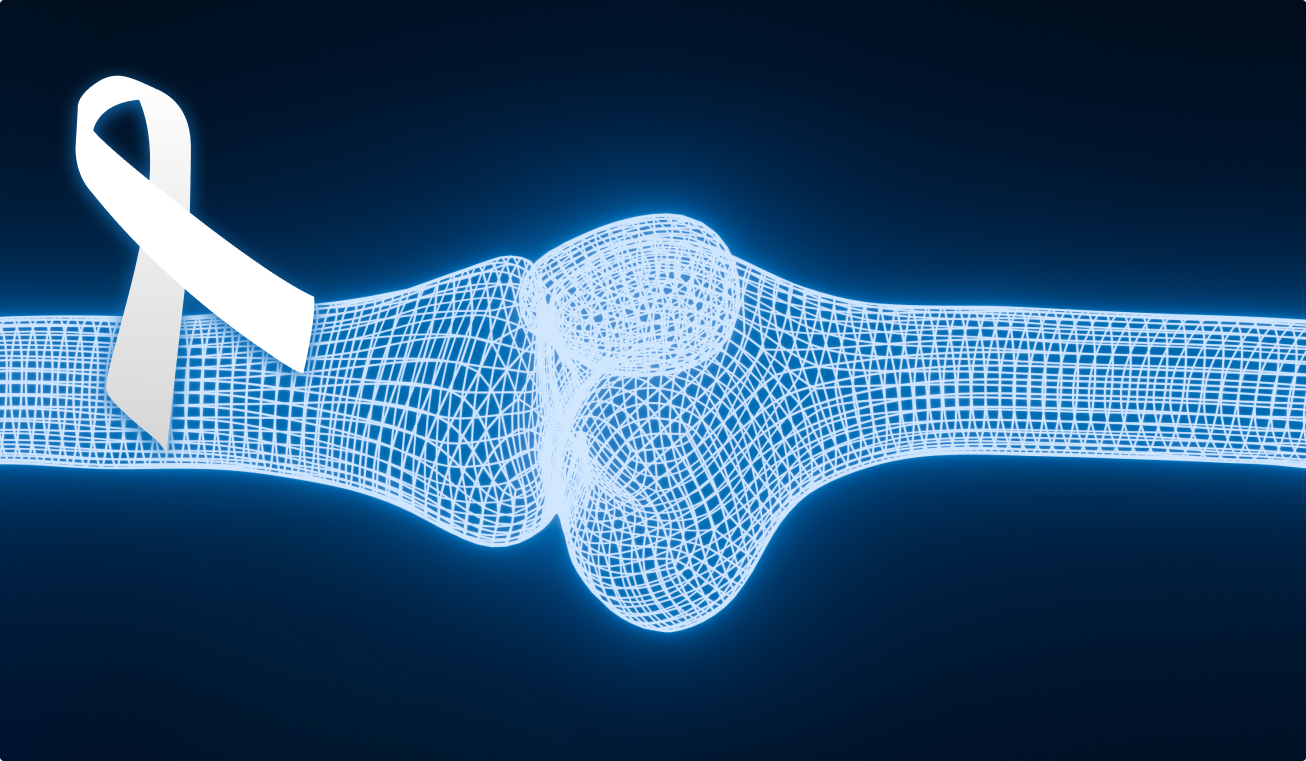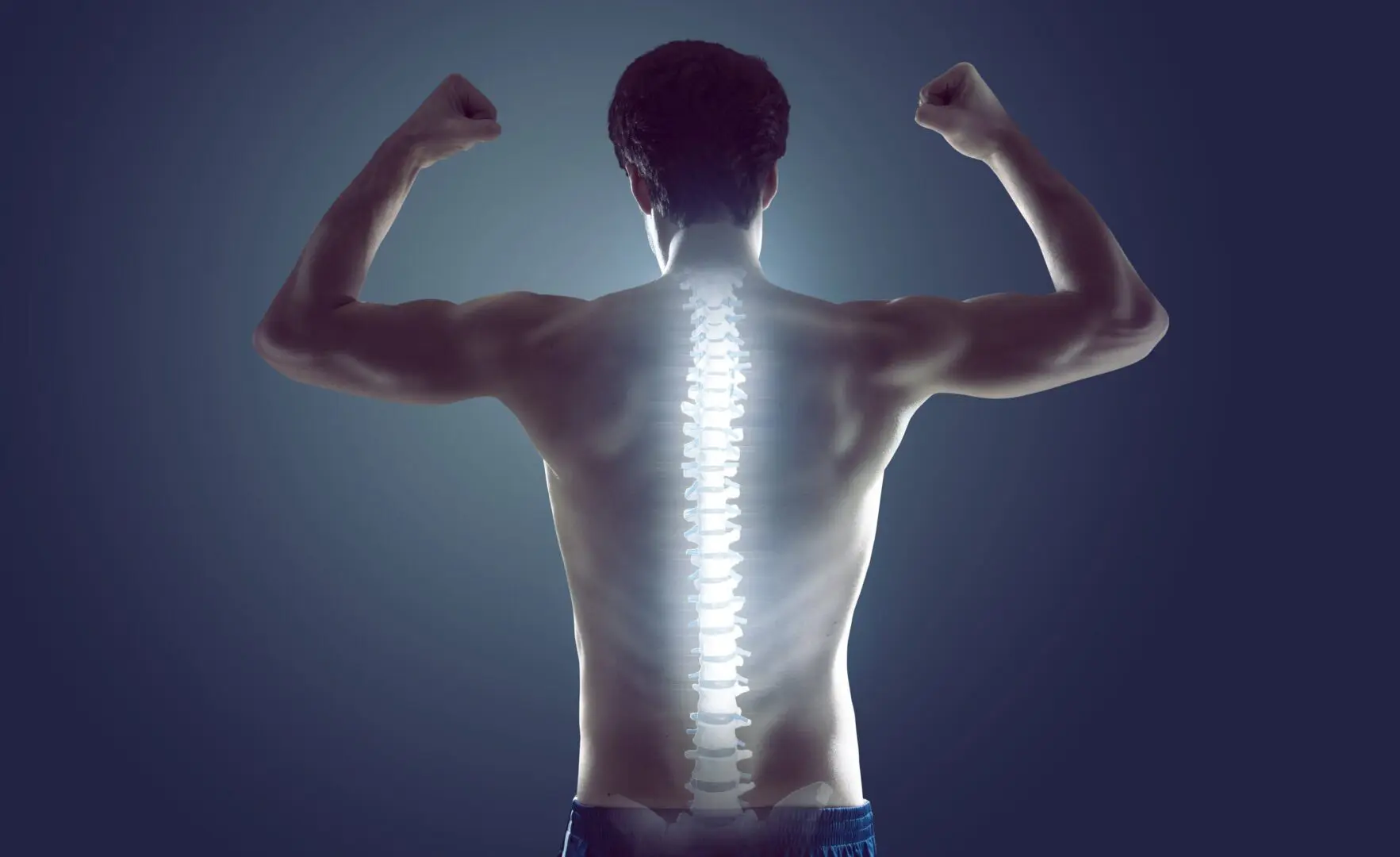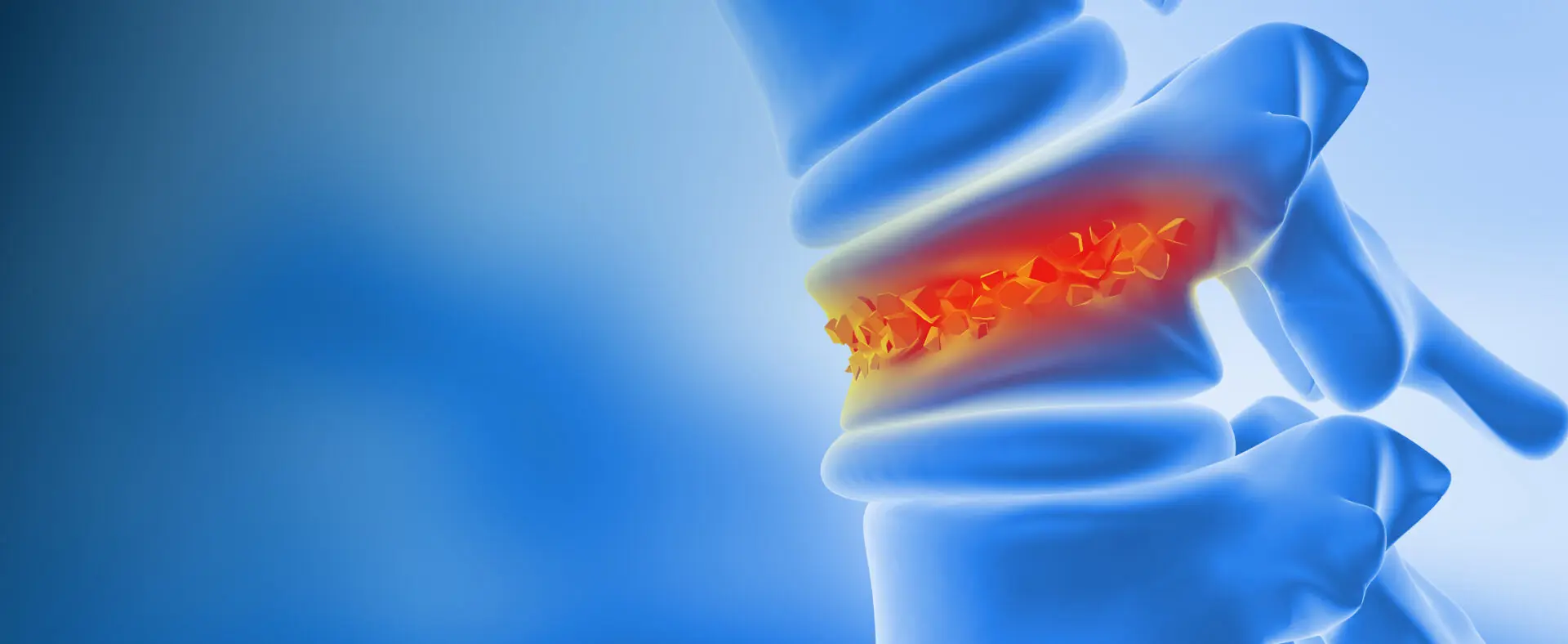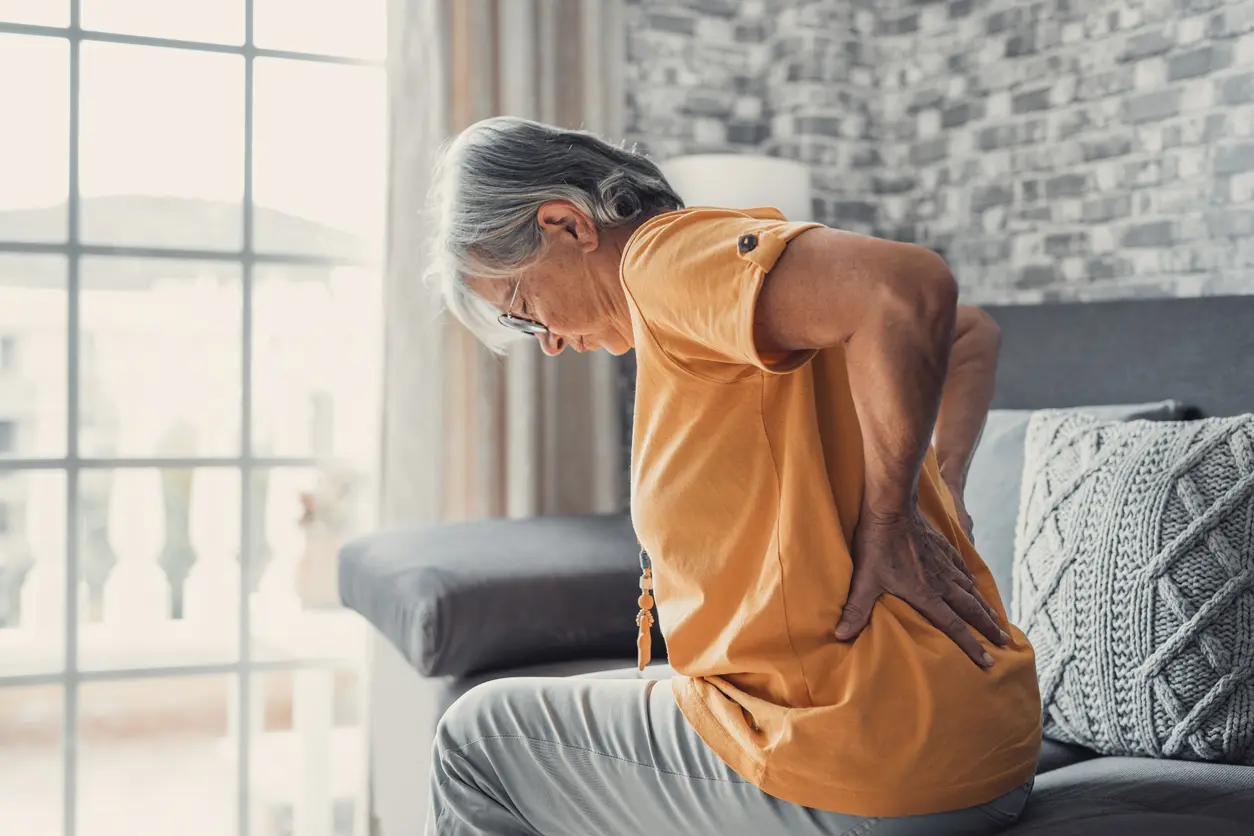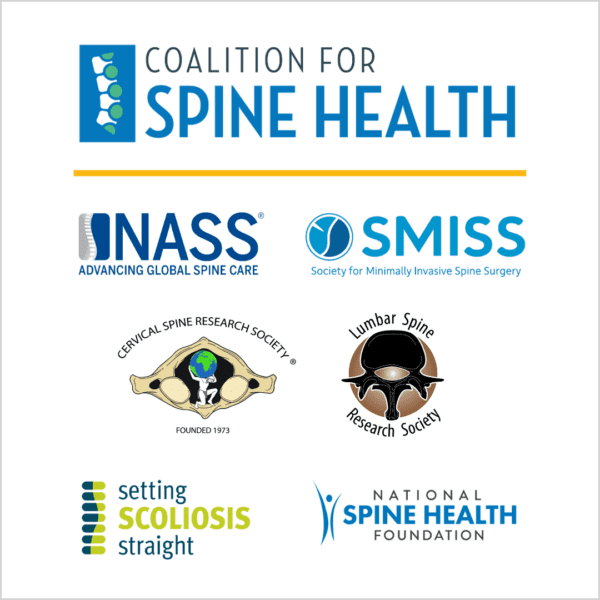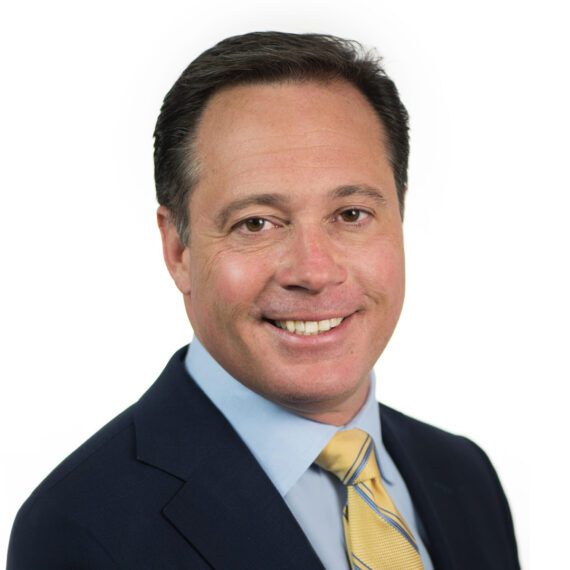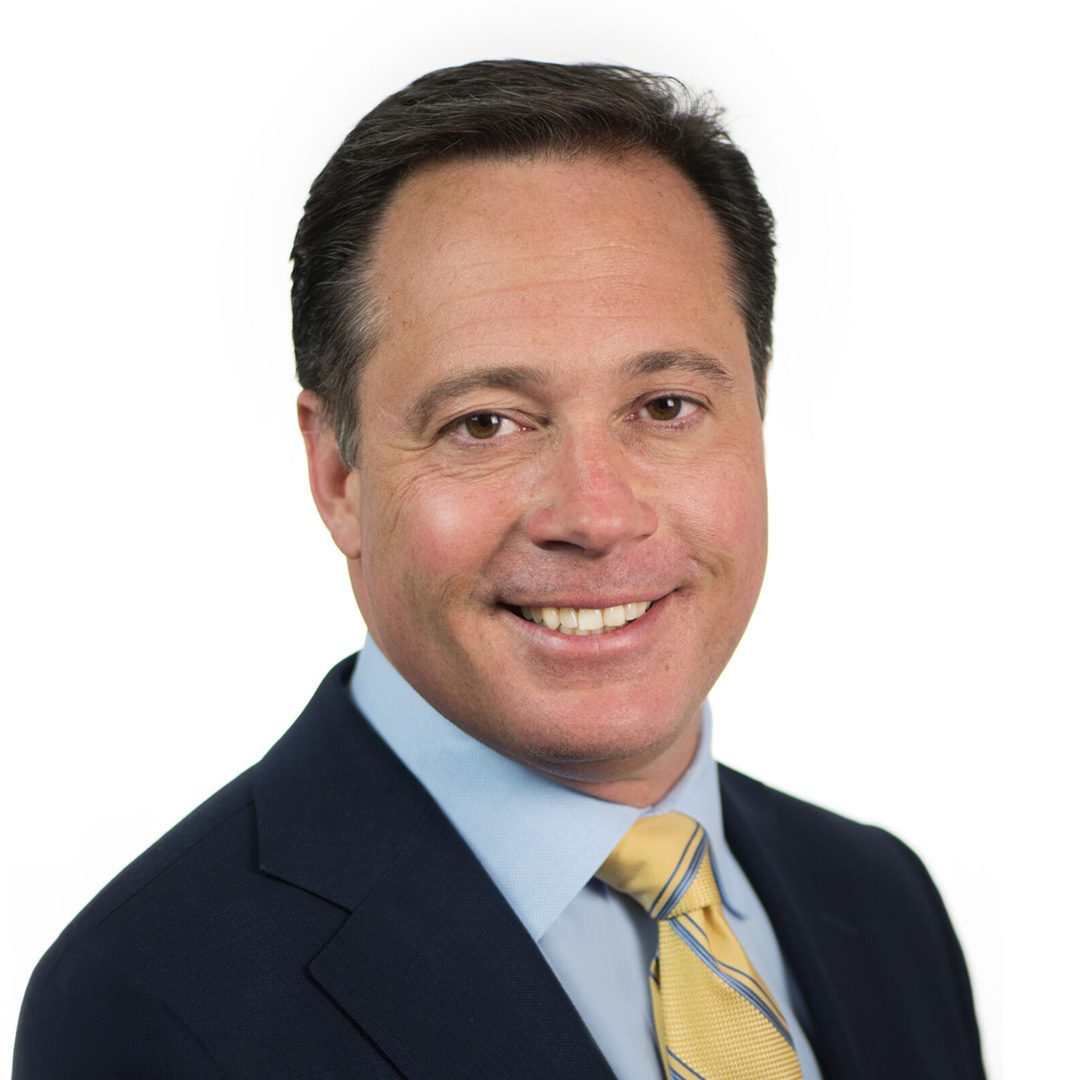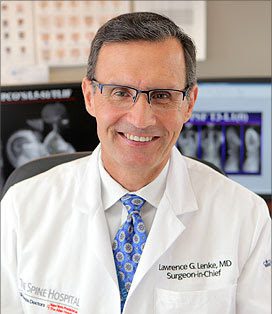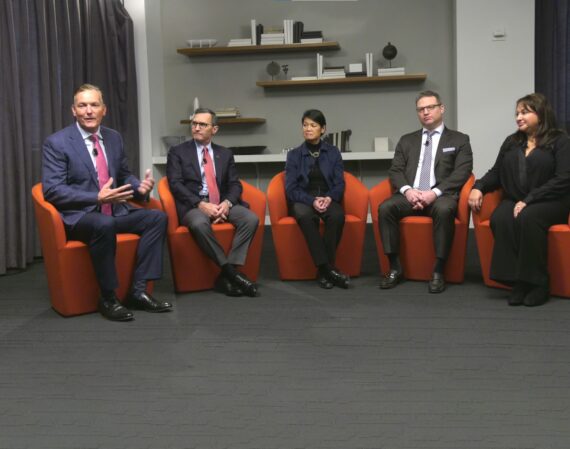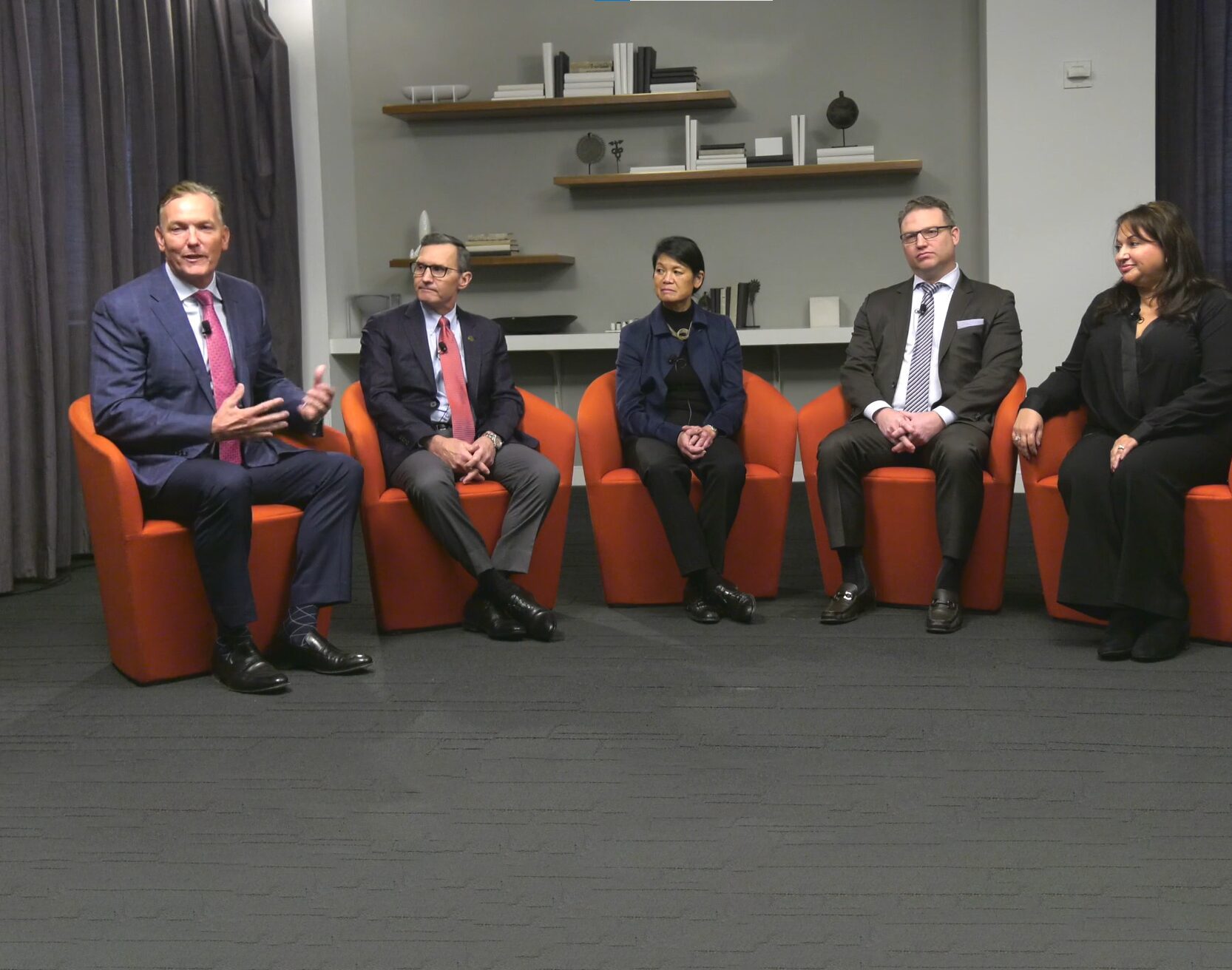
Empowering Lives with Knowledge and Hope
We provide innovative spine health resources through research, education, and advocacy—offering answers and hope to restore lives.
Give to Transform LivesCurrent Initiatives
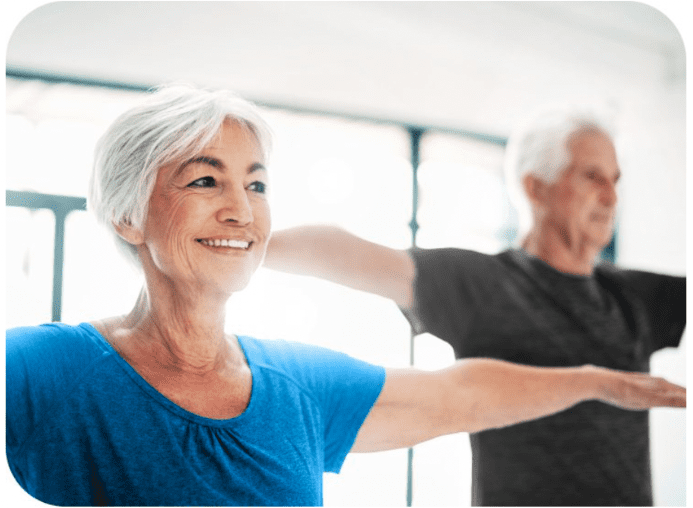
Start Your Journey
Every journey to spinal wellness is unique and complex. We're here to guide and empower you, wherever you are on your path from awareness to recovery.
Start HereWhat Are Your Symptoms?
Understand your symptoms for a better conversation with your doctor.
Our Partners
The National Spine Health Foundation has partnered with other healthcare societies that support policies and initiatives that offer much needed help to patients as they embark on their journey to spinal health.
Stay Connected
Subscribe to receive our Spine Spotlight Newsletter, delivered to your inbox monthly.
Please, consider a gift to support our mission to empower patients with the knowledge and hope to take charge of their spine health.
Your Answers,
Your Way
At the National Spine Health Foundation, we empower patients with knowledge so they have the tools to make the best informed choices.
Join Us in Transforming Lives.
Your support can transform a patient’s life – and with every patient we help, we change the future of spine health together. As a nonprofit organization, philanthropy fuels our mission. We rely on supporters like you to help fund our educational, research, and advocacy efforts.
Please, consider a gift to support our mission to empower patients with the knowledge and hope to take charge of their spine health.
